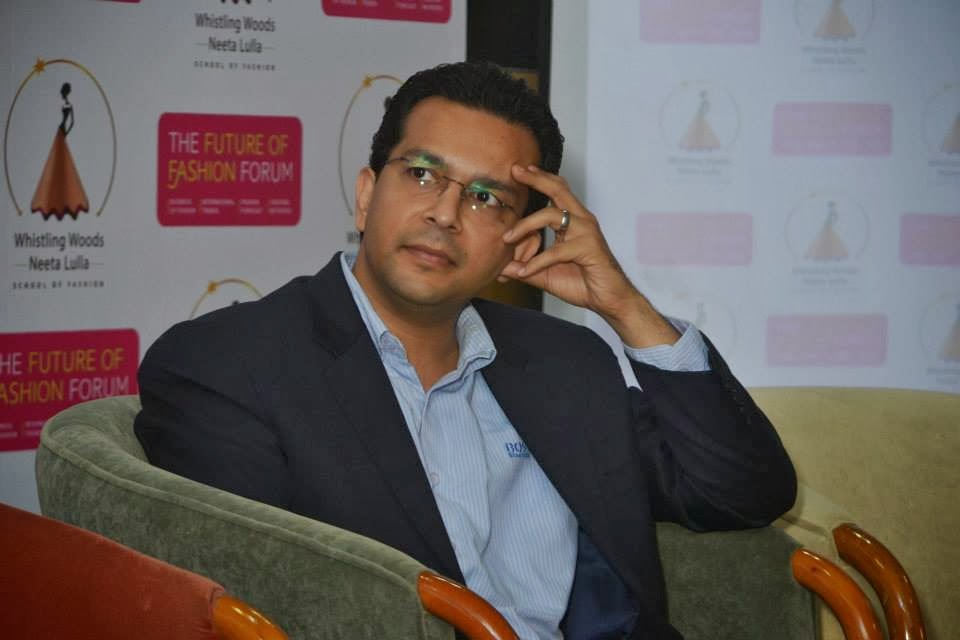The
Indian fashion industry has grown several fold and is all set to ascend still
further, and Whistling Woods Neeta Lulla School of Fashion organized a never before
event where renowned fashion experts came together to discuss just how this
change would come about. ‘The Future of Fashion Forum’ was held on 25th
January, 2014 and touched upon several themes relevant to the Indian fashion
industry.
Amongst
the topics that were discussed, the emergence of luxury brands, growth of
fashion retail and significance of e-commerce were hot topics. The event ended
on a very stylish note with an exchange on the Influence of Western Silhouettes
in the Indian Hemisphere and who better than the styling elite to talk about it!
Tanya Ghavri (Celebrity Stylist), Pearl Shah (Fashion Stylist) and Ekta Rajani (Fashion
Director of Grazia) graced the stage.
Right
until the turn of the millennium in 2000 there was a sense of east emulating
the west. The presence of fashion weeks in our country brought about a change
in this thinking and Ekta Rajani believes that the future of contemporary
Indian fashion is bright. We are appreciating and loving what we do here and
adapting to the global lifestyle instead of looking westward. Tanya Ghavri
agrees and adds that there is awareness; people want to know about global
fashion for which social media, Bollywood and fashion magazines are popular
channels of discovery and exploration. What is beautiful to Ekta is to see a
lot of Indian designers using Indian fabric in the western context, thus creating
space for these contemporary designers. The fusion of east and west by some
leading designers is truly stunning.
Ekta
continued by defining the role of a stylist, whose main role lies in expanding
upon one’s sense of individuality. People are making an effort to dress and
look their best, and this is where a stylist comes into play. A designer will
work with a person’s look, whereas a stylist plays with separate elements and
helps a person define their own personal sense of style. A stylist puts things
into context, contextualizing from the hair to the makeup to the shoes to the
right kind of accessories, making sure nothing is overdone.
To
Pearl Shah, fashion is closely linked to trade. A stylist has to be versatile,
like a Chameleon, changing styles from one to another and yet another depending
on what they seek. The advice to young aspirants was to take a year off and do
an internship, explore your options and see what works best for you. Style and
Fashion are such ubiquitous elements of the society that it is always in a
state of evolution and one cannot wait to see what tomorrow’s fashionistas have
in store for us!



.jpg)




























